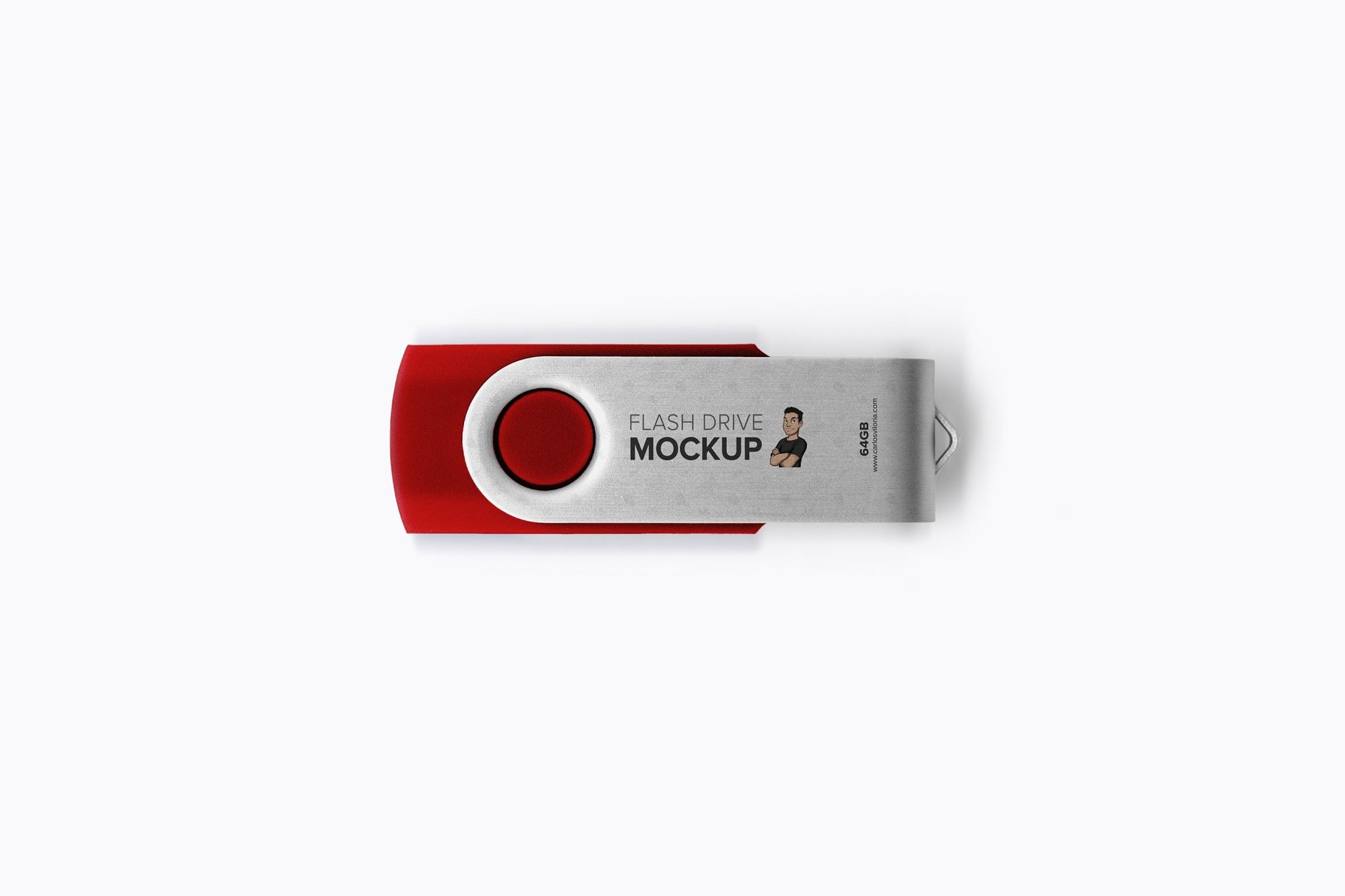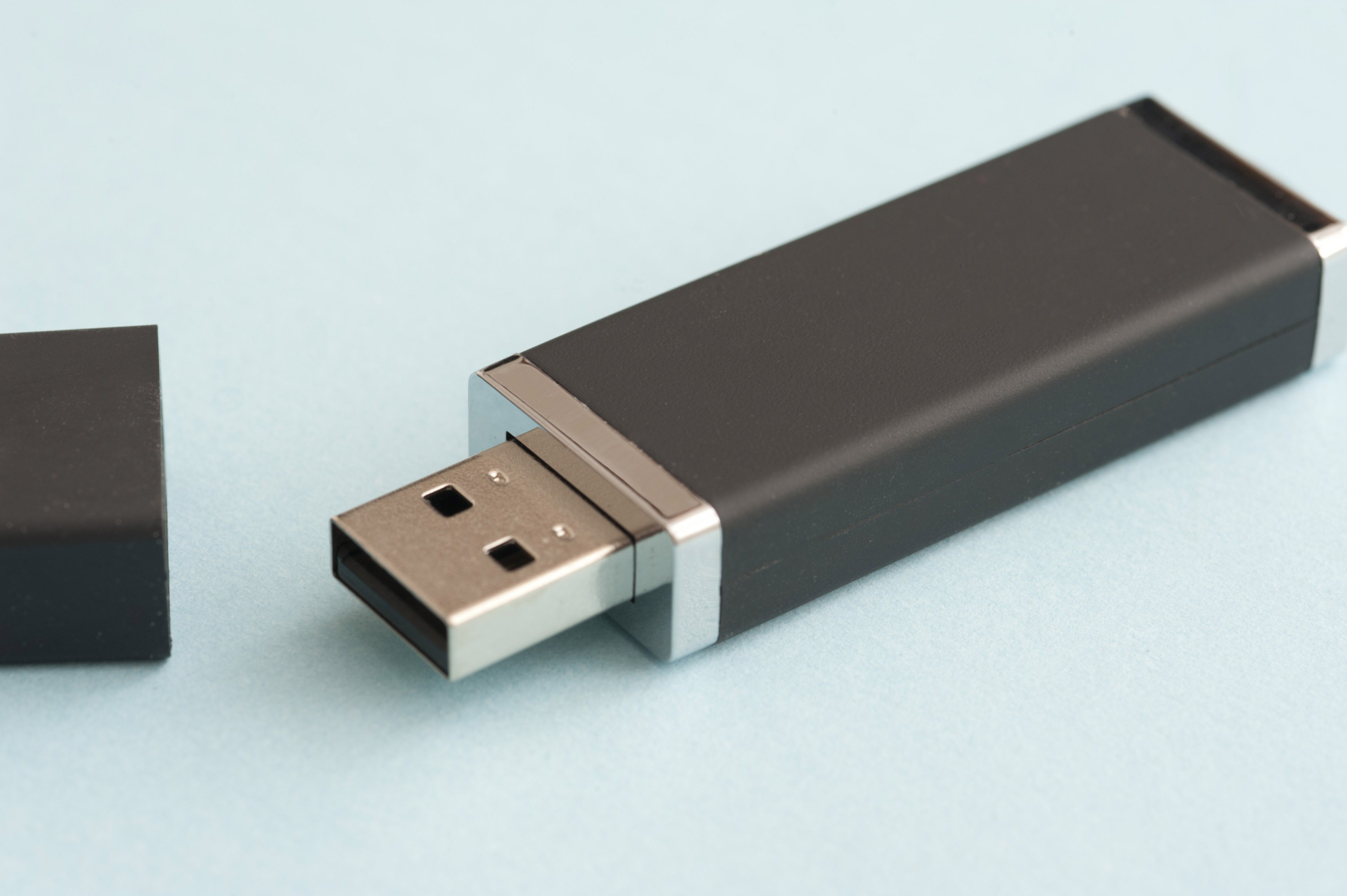

Here are two articles that I think are helpful to you:ģ) As I have mentioned in 2), you can just run chkdsk /r command since it includes the /f function (p. They do the same thing but just in different order. There no much difference between chkdsk /f /r and chkdsk /r /f. Therefore, if you only want to check and correct logical disk errors in the file system, you can only run chkdsk /f command if you want to find physical disk errors in the disk, you can use chkdsk /r command.Īnd you can type chkdsk /f /r or chkdsk /r /f, or even chkdsk E: /f /r /x, to use them altogether as a combo to better fit your demands. However, running chkdsk /f will only check for logical disk errors, but not bad sectors. Running chkdsk /r also means that the chkdsk /f is run. Generally chkdsk /r not only does the same thing as chkdsk /f, but also checks the bad sectors on the hard disk and tries to recover the readable information. Microsoft does not guarantee the accuracy and effectiveness of information.)Ģ) It depends on what you want. (Please note: Information posted in the given links are hosted by a third party.
#FREE USB BLOCK SFT HOW TO#
Here are two articles I found that can be helpful for you to better understand bad sector and how to repair it according to different scenarios: Otherwise, you can just use chkdsk command.
#FREE USB BLOCK SFT WINDOWS#
Then, removing all volumes and Windows installation may be the best practice. The wise choice is to back up and save your data at first. Besides, if the disk contains many soft bad sectors, always stuck or slow to load data on the computer, or your file system is severely corrupted, these soft-based bad sectors can hardly be repaired either. Hard bad sectors cannot be repaired in most cases. Does Windows offer any other advanced way for disk diagnosis?ġ) There are two types of bad sectors – hard and soft. In case of two disks (like SSD and HD), if Windows is installed in SSD and HD is partitioned in various volumes can I diagnosis all volumes at the same time or can I diagnosis HD at the same time with a single command?įor disk diagnosis, chkdsk has been in use for long time. What should be the ideal states of disk locked or unlocked and mounted or unmounted? And how do I know, by default, disk is mounted or dismounted?

Like locked disk, let me know about mounted and dismounted. What is locked disk here? How do I know, by default, disk is locked or unlocked? How does chkdsk /f work for resolving bad sectors and for how long it works? Is chkdsk /f enough for resolving bad sector issue? I read, the disk must be locked for using /f and /r. x for forcing the volume to dismount first, if necessary. r for locating bad sectors and recovering readable information. We all know chkdsk is a well-known command for local disk diagnosis. Is it correct, in most cases, bad sectors issue is a software-based issue which can be resolved by various ways but removing all volumes and Windows installation are the best way? That’s why I am asking all questions in the single post. Related to disk diagnosis, I have some questions and all are related to each other.


 0 kommentar(er)
0 kommentar(er)
